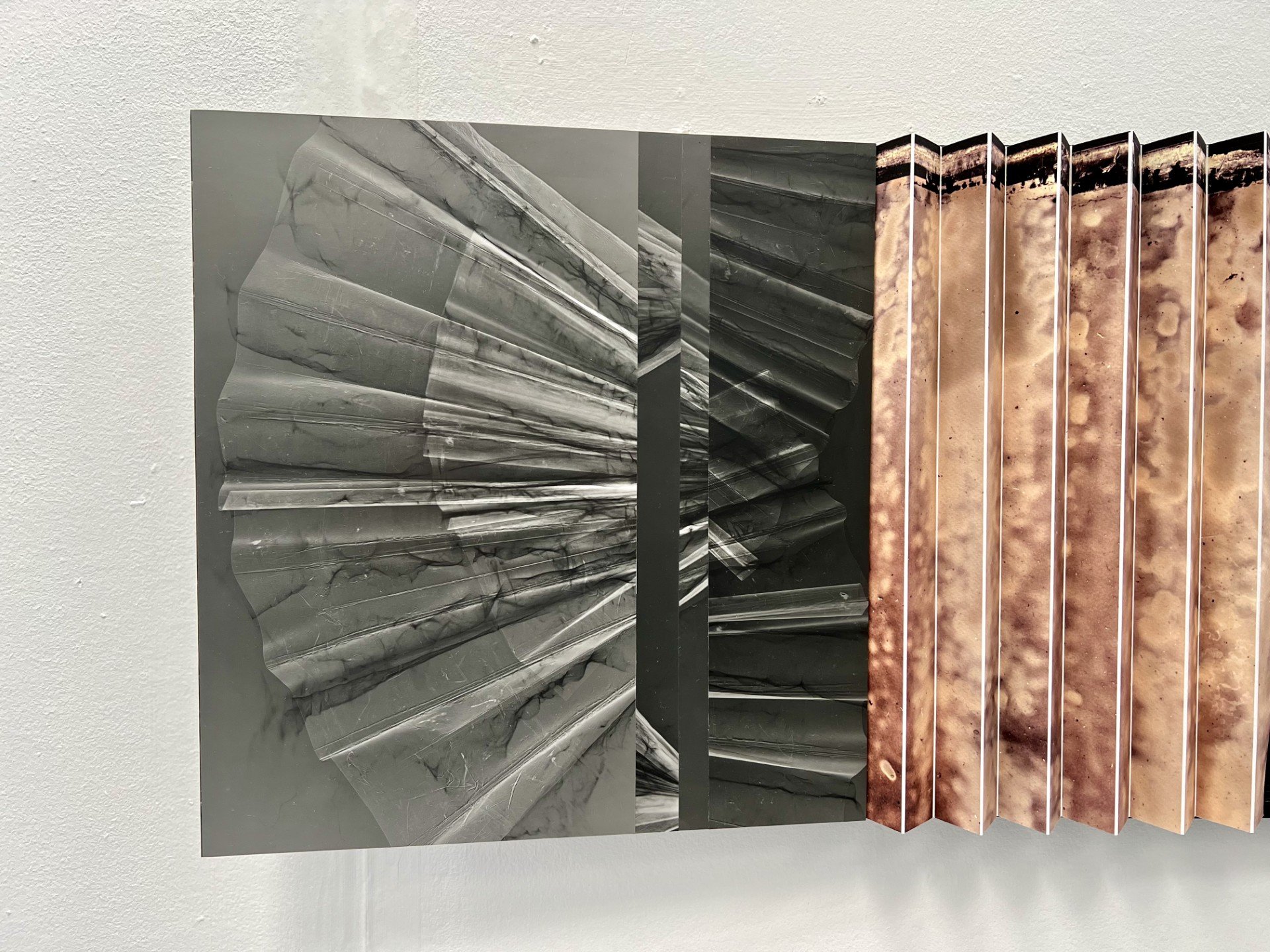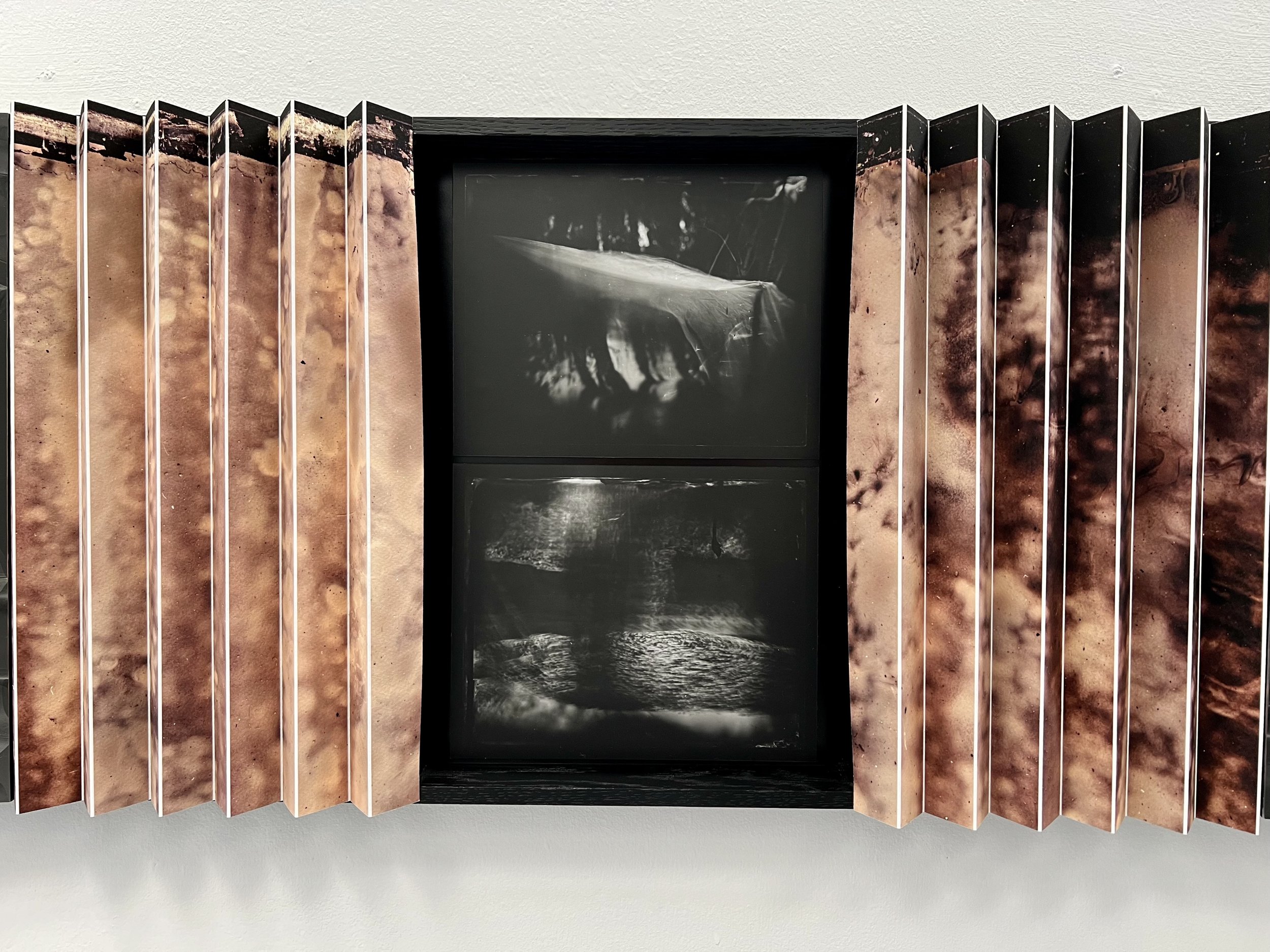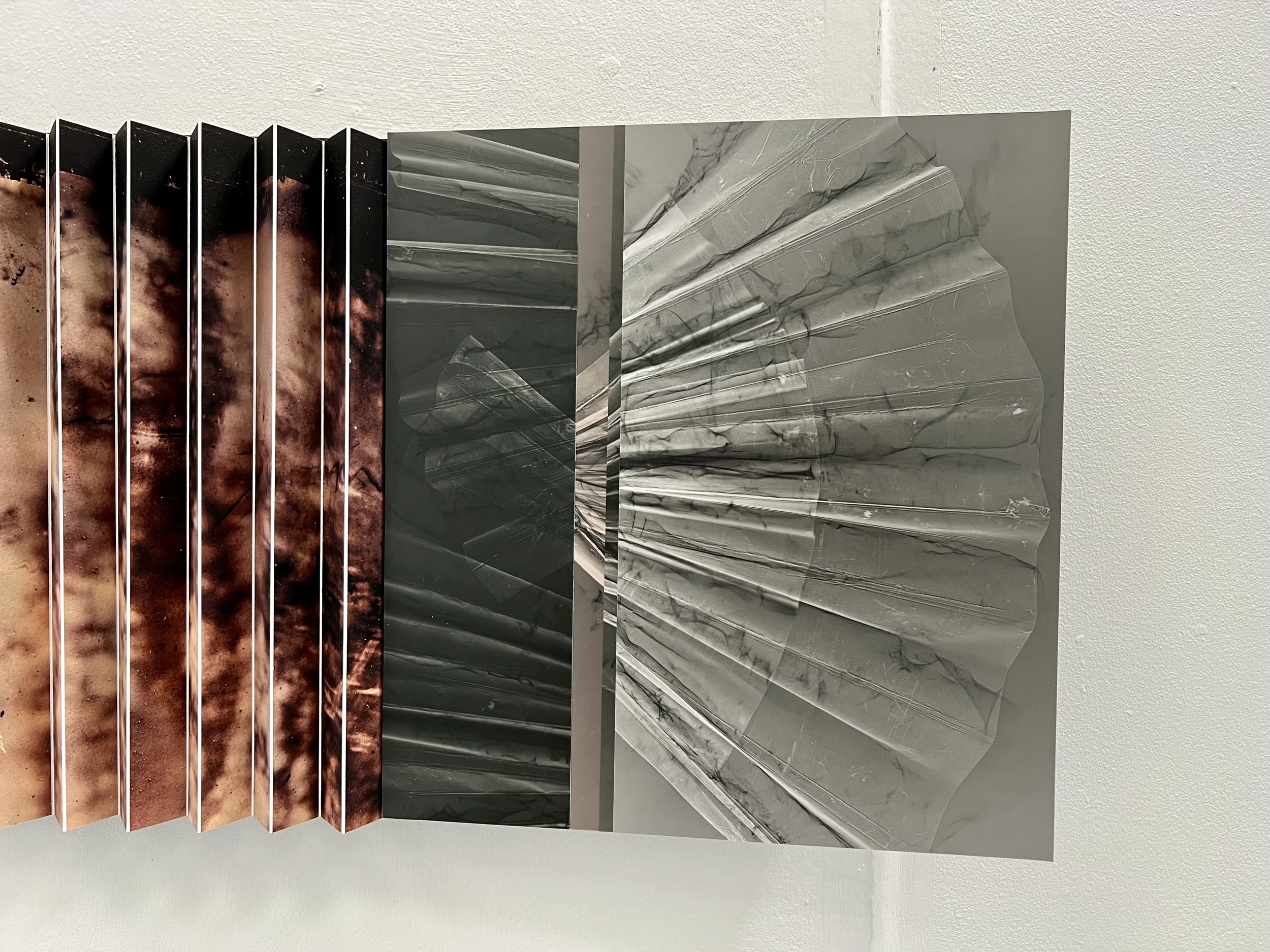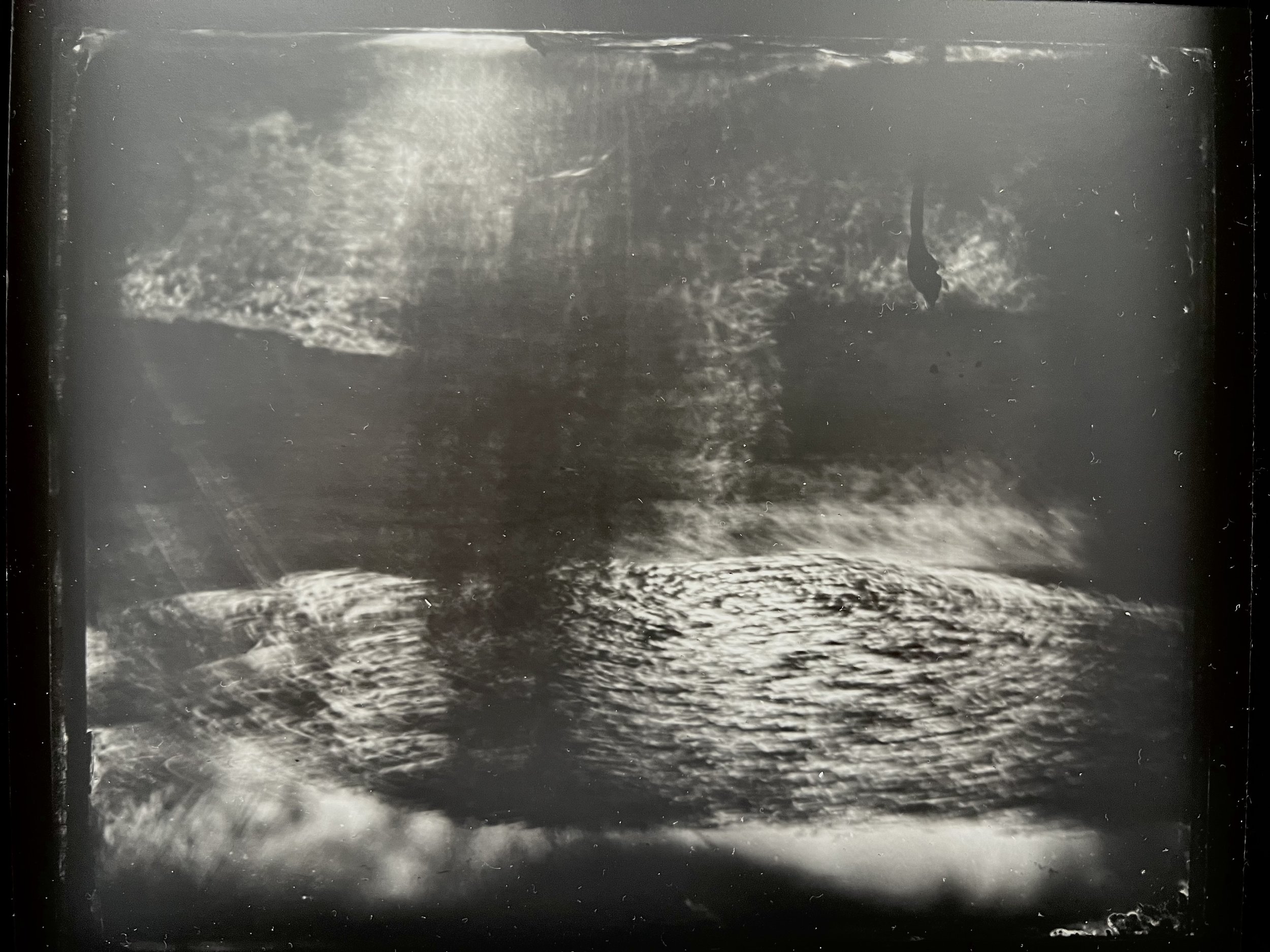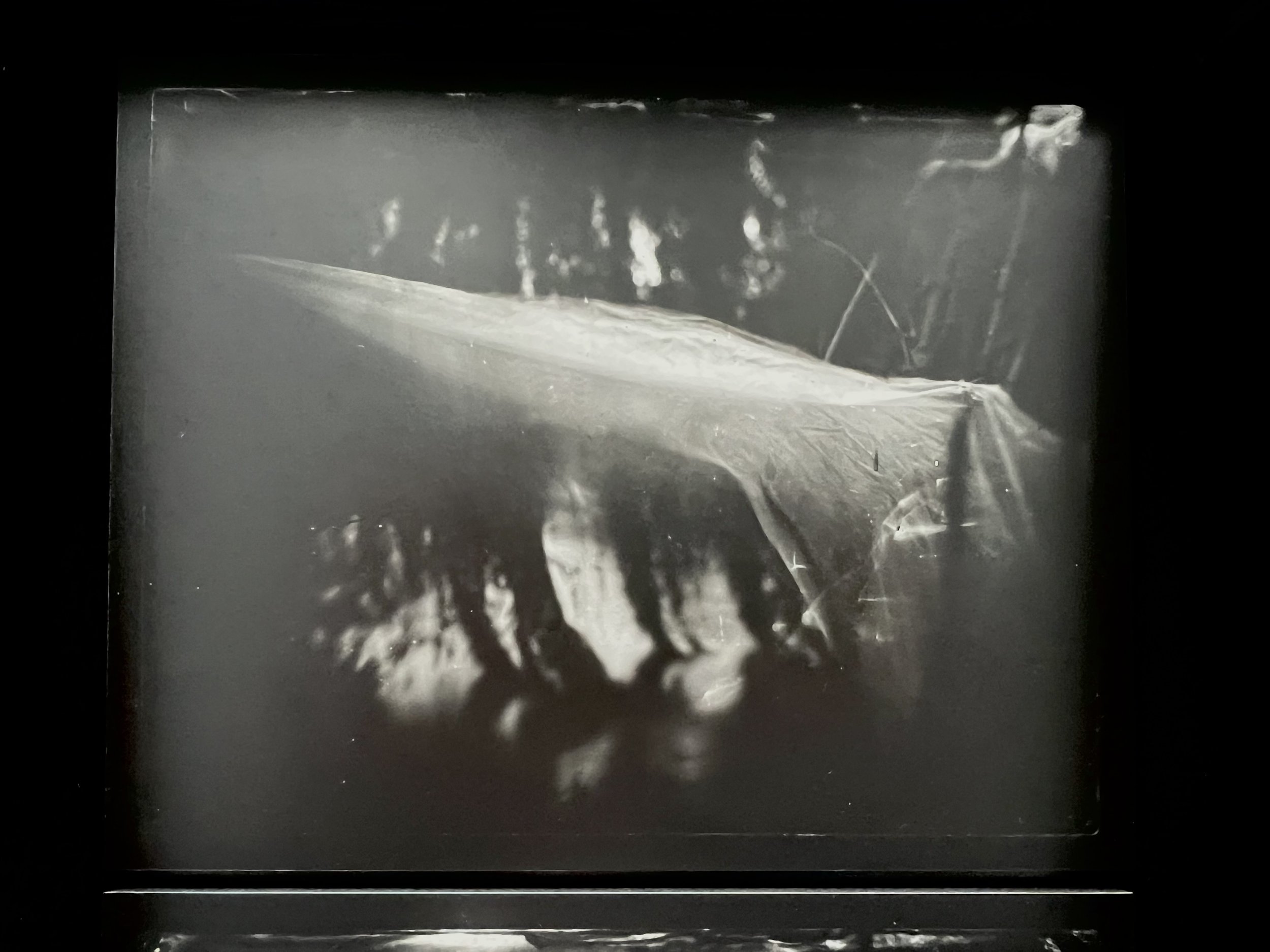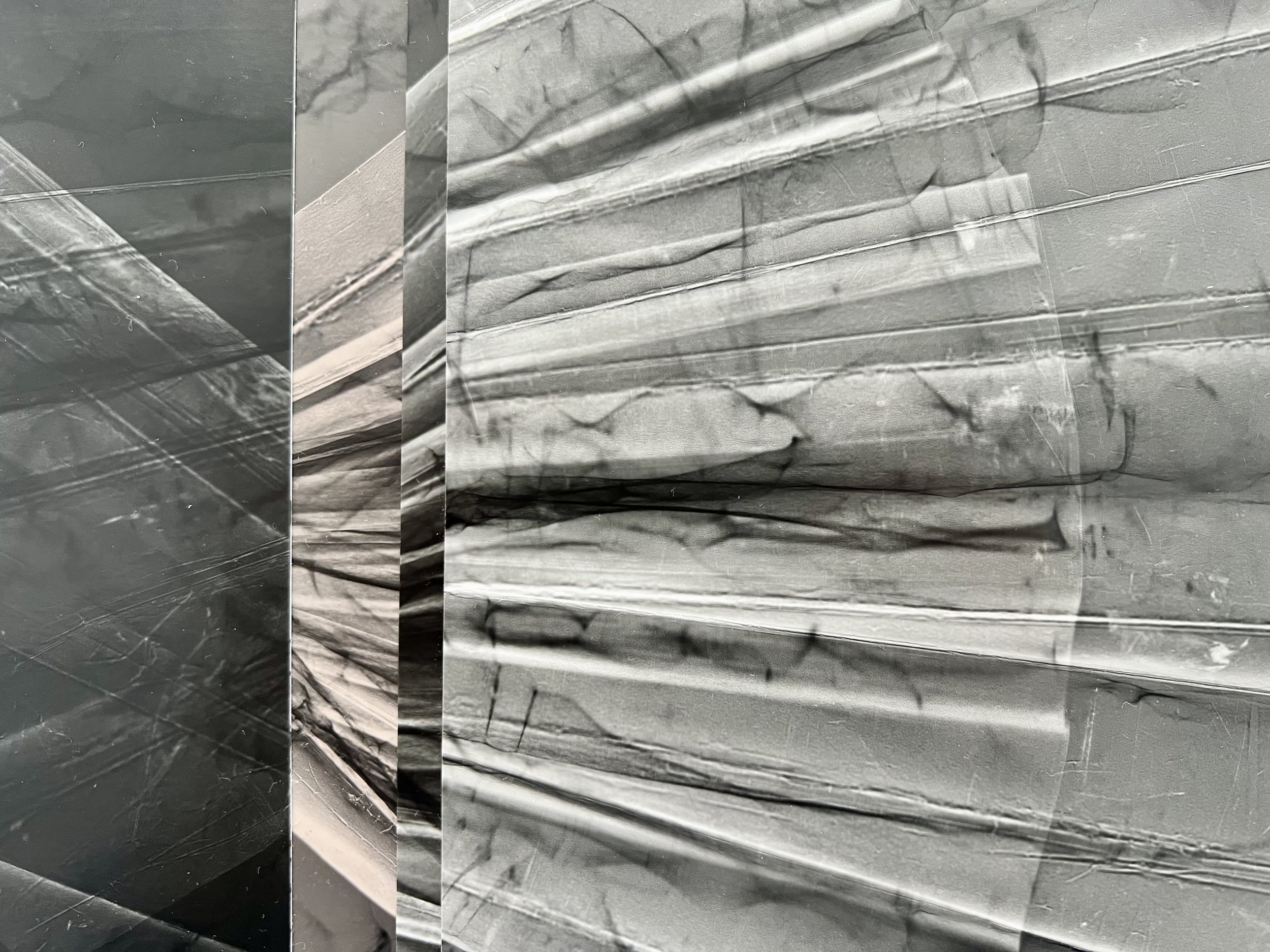w e n d y
h a r d i e
Repetition

Trained as an architect, during my diploma I found the exploration of the psychological and metaphorical crossover between art, landscape and architecture far more compelling. I grew up on a farm which instilled in me a profound connection with landscape and nature and a deep, visceral drive to express and explore those ties and their broader cultural narratives. The farm was an intense, theatrical arena, compressing, cross-contaminating and cross-fertilising nature, industrialisation and domesticity across layers of porous, overlapping boundaries. It has had an enormous impact on the way I look and experience the environment around me and the way I work. My art practice is multidisciplinary with experimental photography, installation; environmental art central and pivotal and I often collaborate conceptually on architecture and public realm projects as artist or designer. My work focuses on our psychological and physical relationship to the natural and built environment and trees have been a core subject throughout my career. I aim to create metaphorical structures; compositions that abstractly embed poetic, layered narrative, captured from a site’s history; topology; directly within the subject itself. Photography has been a critical tool for spatial exploration and abstract conceptual analysis and expression since my degree. I began alternative process analogue photography in 2017. I was the collaborating artist on an Olympic Legacy architecture project involving the creation of a new rail station for Hackney Wick, which sits on the Hackney Cut Canal on the edge of the Olympic Park in East London. As well as responding to the aesthetics of the canal site, I researched the industrial history of the area, it was a former innovative powerhouse, from which I created a response around the industrial chemistry that took place in factories around the Hackney Cut Canal; Lea River. The most significant finding was that the area produced the earliest form of plastic in the UK, sharing this timing with cellulose plastic in the USA, and paving the way for film. They occurred shortly after the mid C18th wet plate collodion photographic process was invented, one of the earliest forms of photography, where a glass plate is coated with viscous, wet photographic emulsion, exposed wet, then requiring development within a critical 15 minute window. This started my wet plate photography journey and led to an ongoing project starting in 2020, working with a tiny pop up darkroom on the willow lined banks of the River Lea close by. The body of work, ‘material history’, focuses on mankind’s complex relationship with plastic, environmental impact on our trees and waterways, as well as our own health and the biodiversity and functionality of the planet’s ecosystems, which are intimately bound up with humanity, both practically and spiritually. In this extended project I am working with cameraless techniques, photograms, chemigrams and pinholes as well as medium format wet collodion. In the exhibited constructed, collaged artwork there are layers of photograms constructed from waste plastic. I am interested in the aesthetic and mechanical structure of trees and the direct connection to the lung and breath, the physical connection to the old bellow camera’s concertina as a means of focus, and the bellow as an instrument of oxygenation. The project explores repetition in relation to the forest, the natural environment and climate crisis on a number of levels: the cycle of plastic production and single use consumption, blinkered or blinded consumer repetition, the back and forth cycle of oxygen to carbon dioxide between tree and human, and the fan as emblem of breathing and the fragility of that repetition we take for granted. The recessed central prints are from glass wet plate negatives created on location; the upper of temporary plastic interventions ghosting in the landscape, veiled portals to our consciousness; the lower of repeated fronds of willows moving as suspended screens across the river, which was circling and agitating floating islands of water based plants during stormy, climate warming induced conditions. The folded concertinas are giclee prints of positive wet plates, curtains of weeping willow fronds suspended over the river, opening and closing the view.
